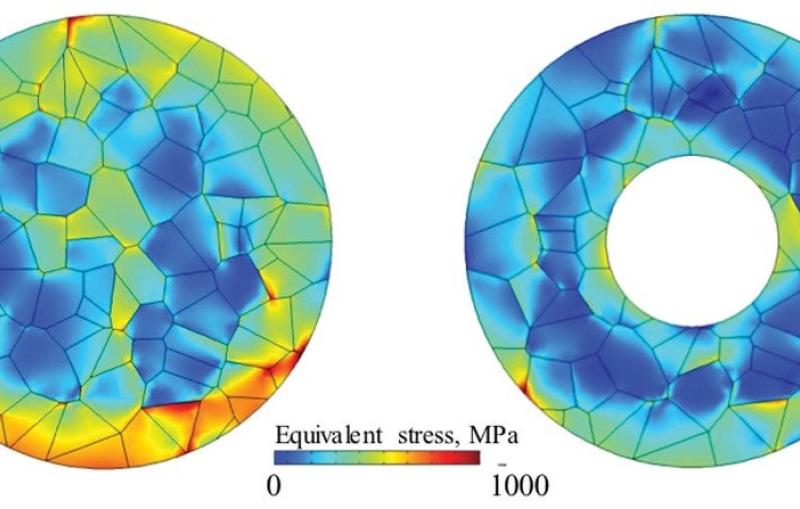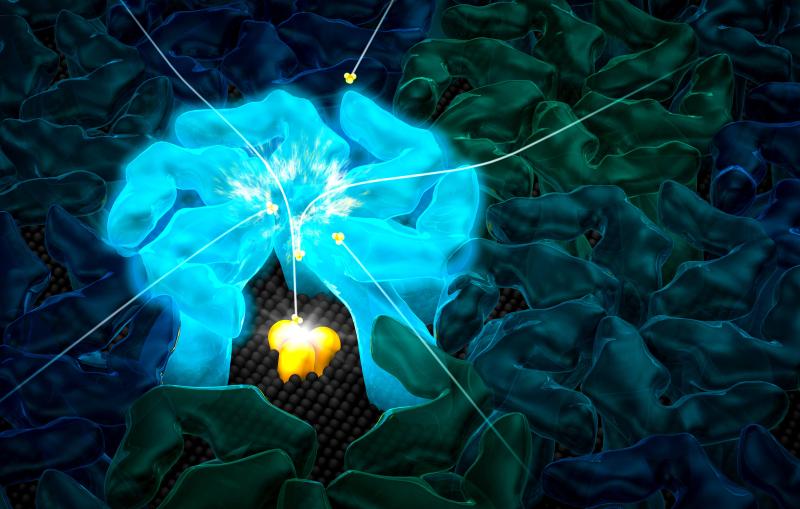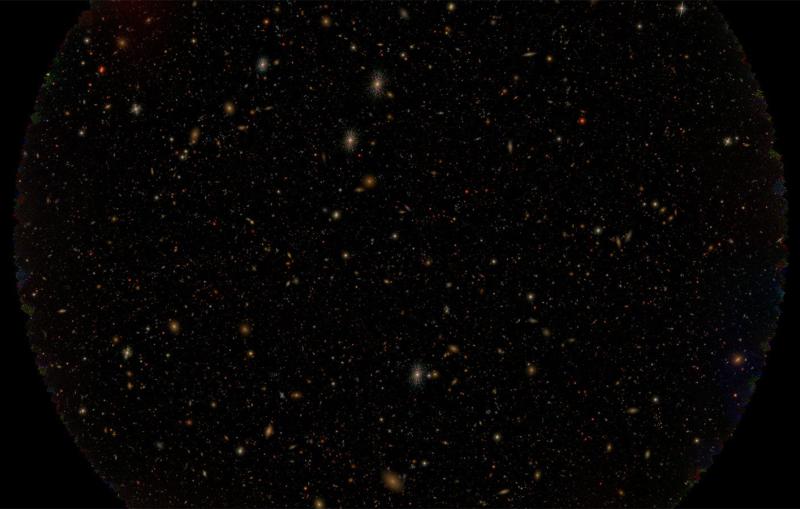


Illustration
An artist’s depiction of a tiny pore in the crystalline shell of an ammonia-eating archaea microbe; surrounding proteins are shown...


To address challenges associated with extremely large data volumes and rates, SLAC’s Computer science division works with Stanford and Silicon Valley partners on innovative computational solutions.
Related link:
New Technologies




